Machinery Directive Guide
The Machinery Directive 2006/42/EC is a set of EU health and safety requirements that apply to new and modified machinery used in the workplace. ...
We're actively recruiting for a range of roles across sales, engineering, IT and warehouse. Check our careers page to see open positions including apprenticeships.

Whether you’re moving a single piece of equipment or an entire production line, our trusted team of engineers can support every step of your move, from rigging to end-to-end relocation support across the globe.

6 min read
Admin Mar 21, 2024 11:28:59 AM
When you’re undertaking a complex construction project, worker safety should be your number one priority.
That includes identifying and managing any risks early on to prevent accidents and injuries, putting in place measures to ensure worker safety and maintaining compliance with any legal requirements.
The Construction (Design and Management) Regulations, also known as CDM, came into effect in Great Britain in 1995, with the latest revision in 2015.
They function as a regulatory framework and a set of best practices to ensure businesses integrate health and safety throughout all phases of a construction project, from planning through to completion, as well as identify and mitigate risks to ensure worker safety.
And they’re relevant to people in a wide range of roles, including clients, designers, contractors and other relevant parties.
Here are the key points you need to know about CDM, who it applies to and why it’s important.
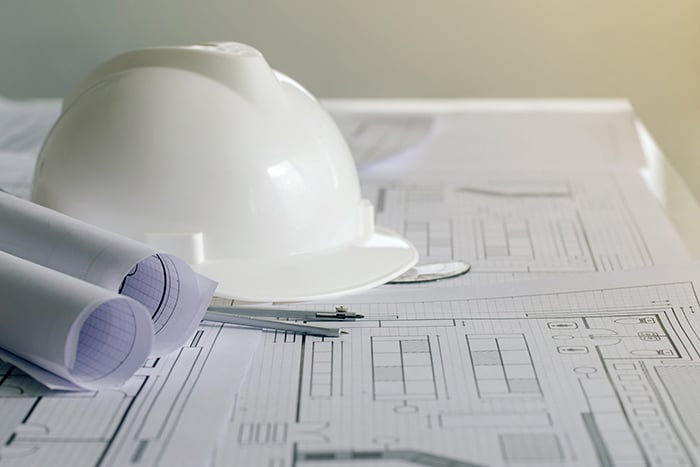
The CDM regulations apply across all phases of the project lifecycle, from planning through to completion.
This initial phase is where you layer the groundwork for a successful project.
CDM requires that you:
The design phase is where you translate your requirements into a detailed blueprint for construction.
CDM requires that you:
This is where you carry out the work according to the approved designs, plans and specifications.
CDM requires that you:
In this last stage, you finalise your project documentation and review project success.
CDM requires that you:
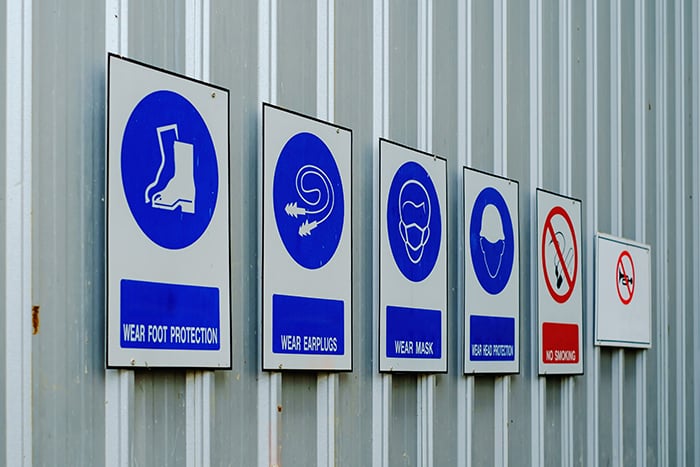
In one way or another, CDM applies to all the parties involved in your project. And it comes with different sets of responsibilities, depending on an individual’s role.
Here are six different project roles, and their key responsibilities under CDM.
The client refers to the individual or organisation that has a construction project carried out for them. In this article, we refer only to commercial clients, where the project is undertaken for business reasons.
Under CDM, the client’s key responsibilities include:
A designer is a professional who prepares or modifies designs for a building, product, or system relating to construction work.
It covers a range of titles and roles, including architects, consulting engineers, quantity surveyors and any other individuals who have a role in determining how a construction project is carried out.
Under CDM, the the designer’s key responsibilities include:
For projects involving more than one contractor, the client must appoint a Principal Designer to coordinate, plan and manage the pre-construction phase.
They can be an organisation or an individual with sufficient knowledge, experience and ability to carry out the role.
Under CDM, the the principal designer’s key responsibilities include:
Contractors include all individuals or companies hired to carry out construction work.
This includes anyone engaged in the construction itself (including building, altering, maintaining or demolishing a structure), as well as those managing construction work (for example, site managers and builders).
Under CDM, the contractor’s key responsibilities include:
Where a project involves more than one contractor, the client must appoint a Principal Contractor. The Principal Contractor is responsible for planning, managing and monitoring the construction phase to ensure it’s carried out safely and without risk to health.
Under CDM, the principal contractor’s key responsibilities include:
Workers refer to all individuals carrying out construction work.
Under CDM, a worker’s key responsibilities include:
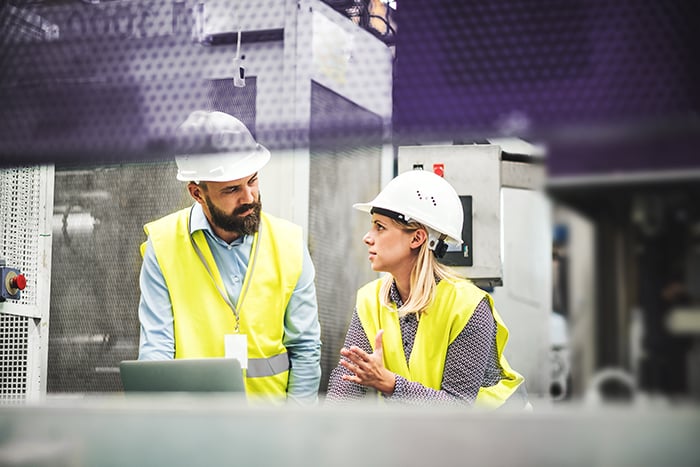
CDM is fundamental to the safety and overall success of your engineering project. Here are a few key reasons why.
Nobody wants to get injured on-site. CDM is crucial for identifying health and safety risks early on and putting in place the right measures to eliminate, mitigate or control those risks.
This not only minimises the risks of accidents and injuries, but also reduces the likelihood of unforeseen hazards causing significant project delays and setbacks.
Complex construction projects require several different stakeholders to work together in total alignment.
CDM supports you in streamlining project management, establishing clear communication channels and responsibilities, and aligning all parties with project timelines and safety protocols.
When it comes to complex engineering projects, setbacks have costly consequences. For example, if you need to retrofit or modify a part of your project to address a safety issue identified during a later stage, this could set you back significantly in terms of time and cost.
CDM helps you identify potential design-related safety issues early on, so you can reduce the likelihood of needing to make any adjustments down the line.
While adhering to and enforcing health and safety standards is part of your ethical responsibility to your workers, it’s also a legal requirement.
Failure to comply with CDM regulations can result in criminal prosecution, substantial fines and legal repercussions—not to mention, reputational damage.
Every worker deserves to feel safe on site. And knowing that you’re actively working to create a safe working environment for them positively impacts morale.
Workers who feel safe and confident that you’re prioritising their health and well-being are far more likely to be more productive, engaged and committed to the project.
Since 1991, we’ve been working on some of the world’s most complex engineering projects.
Our experts have considerable experience with construction phase planning and working under CDM, while have years of experience acting as the Principal Designer and Principal Contractor on multiple projects.
To learn more about how we can help, head to our Turnkey Equipment Relocations page here.
Stay up to date with the latest news and resources from our experts.
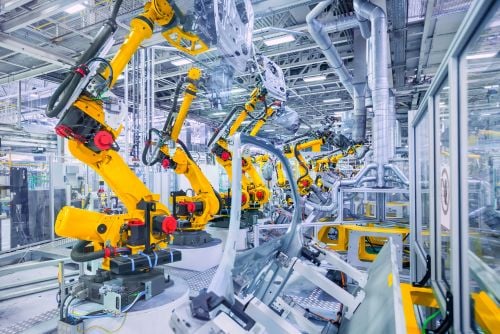
The Machinery Directive 2006/42/EC is a set of EU health and safety requirements that apply to new and modified machinery used in the workplace. ...

The Electromagnetic Compatibility (EMC) Directive 2014/30/EU is one of the key pieces of legislation that governs the placement of electrical and...
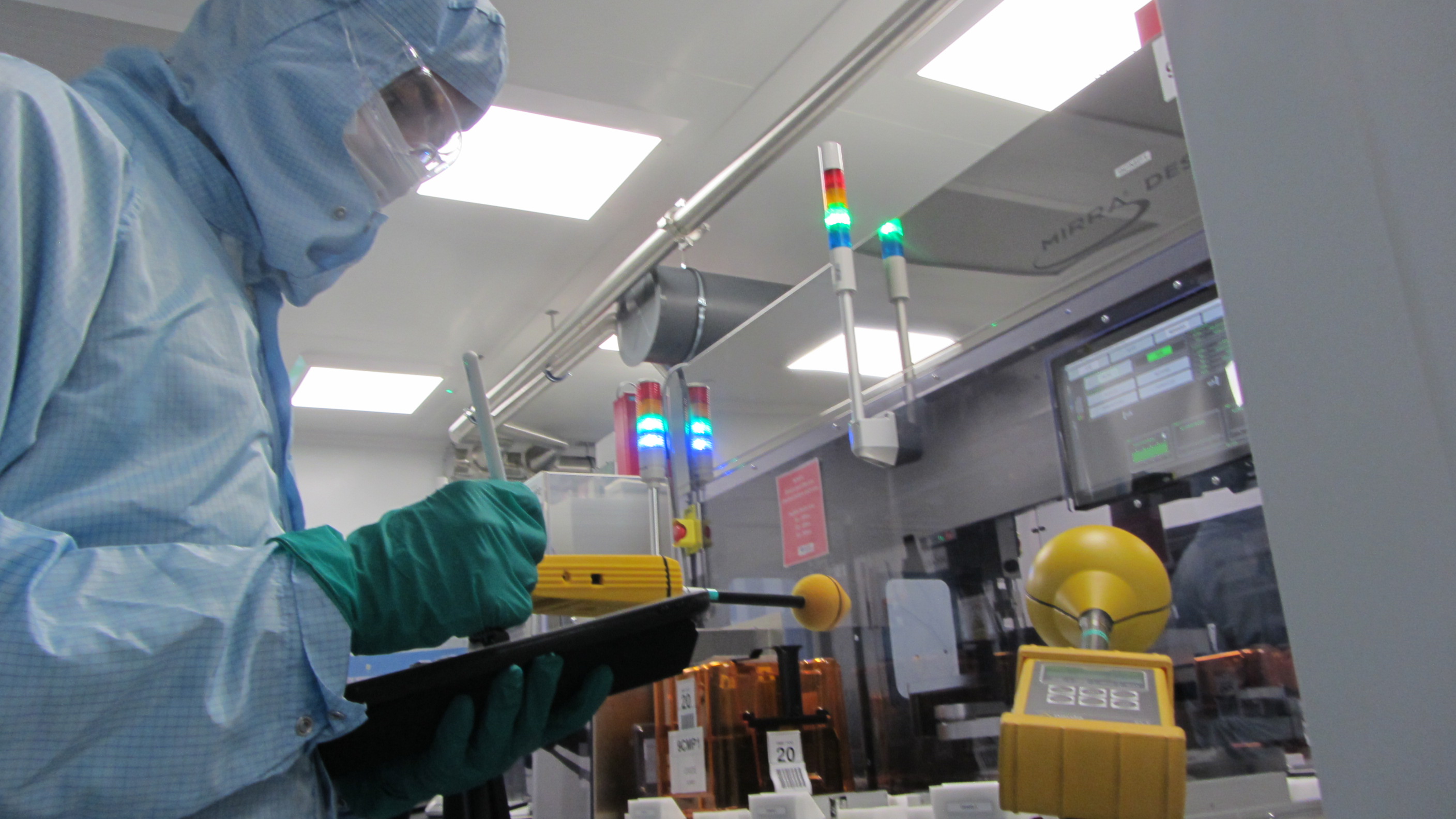
The Supply of Machinery (Safety) Regulations are health and safety requirements that relate to machinery used in the workplace and at home.